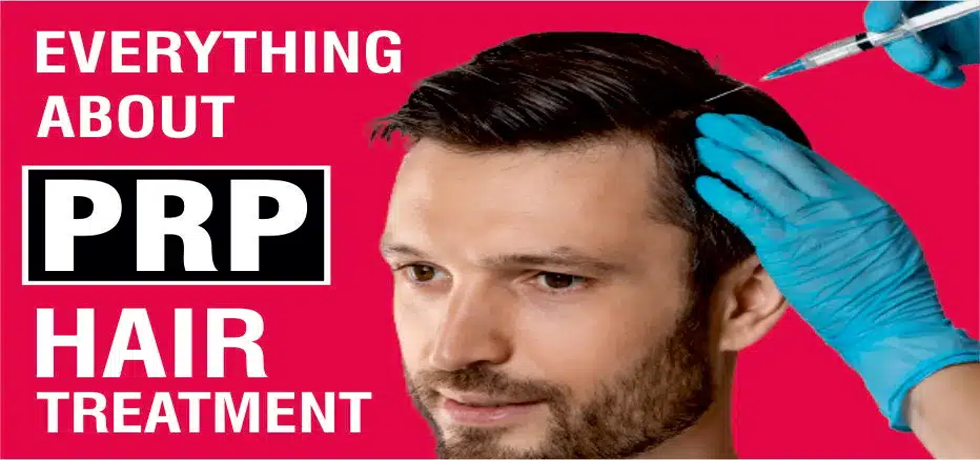
Understanding Telogen Effluvium: Hair Loss Explained
Introduction to Telogen Effluvium
Experiencing hair loss can be a stressful and concerning issue for many individuals. One common type of hair loss is known as telogen effluvium. This condition results in the shedding of hair due to factors such as stress, hormonal changes, or significant life events. The good news is that this type of hair loss is often temporary, and there are ways to manage and understand it. Lets delve into the complexities of telogen effluvium to help you regain control over your hair loss concerns.
The Cycle of Hair Growth
Before understanding telogen effluvium, its essential to grasp the cycle of hair growth, which consists of three primary stages: anagen, catagen, and telogen.
The anagen phase is the active growth period that can last from 2-7 years, during which most hair strands are in active growth. The catagen phase follows, lasting a few weeks, when growth slows, and hair starts to detach from the follicle. Lastly, the telogen phase is the resting period, lasting around three months, where hair may begin to shed. If an imbalanced situation leads to excessive shedding during this telogen phase, telogen effluvium occurs.
Causes of Telogen Effluvium
Several factors can cause telogen effluvium, including mental or physical trauma, hormonal changes, and specific medications or dietary deficiencies. Stressful life events, such as illness or the loss of a loved one, can trigger this condition by pushing hair follicles into the telogen phase prematurely. Hormonal imbalances during various life stages, such as pregnancy or menopause, can also play a significant role. Furthermore, certain medications or even nutritional deficiencies may contribute to the situation, leading to noticeable hair thinning or loss.
Treatment Options for Telogen Effluvium
Thankfully, there are various treatment options to address hair loss associated with telogen effluvium. Topical treatments and medications can provide relief, with options like Minoxidil being quite popular among those experiencing hair loss. Furthermore, therapies aimed at stimulating hair growth, such as PRP therapy and microneedling, can also be effective.
Additionally, incorporating proper nutrition and supplementslike vitamins and minerals known to promote hair healthcan make a significant impact. Maintaining a balanced diet and staying hydrated are crucial aspects of supporting hair growth and recovery from telogen effluvium.
Dos and Donts for Healthy Hair
Prevention and maintenance are vital in managing hair loss. Focus on consuming foods rich in vitamins and minerals, and make it a point to stay hydrated. Reducing stress through activities like yoga or meditation can also help mitigate hair loss. Be gentle with your hair, avoiding tight hairstyles, and using mild products can prevent further damage.
On the other hand, make sure to avoid smoking and using heat or harsh chemicals on your hair. Limiting these contributing factors can promote healthier hair follicles and reduce the likelihood of severe hair loss.
Conclusion
In summary, understanding telogen effluvium is the first step in managing hair loss effectively. By recognizing the causes and implementing preventative measures and treatments, you can work towards regaining a full head of hair. It’s essential to consult with a dermatologist to find personalized advice tailored to your specific needs.
For professional assistance and expert advice from leading dermatologists like Dr. Hital Patel, experience the benefits of understanding telogen effluvium with Hair & Skin Specialist Dr. Hital Patel at The Skin Artistry. Our clinics in PDPU Gandhinagar, Vastrapur Ahmedabad, and Hyderabad (Visiting Consultant) offer top-quality care and personalized treatments. Visit us today to learn more about our services and take advantage of our special offers! For more insights, updates, or to collaborate, stay connected with The Skin Artistry.


